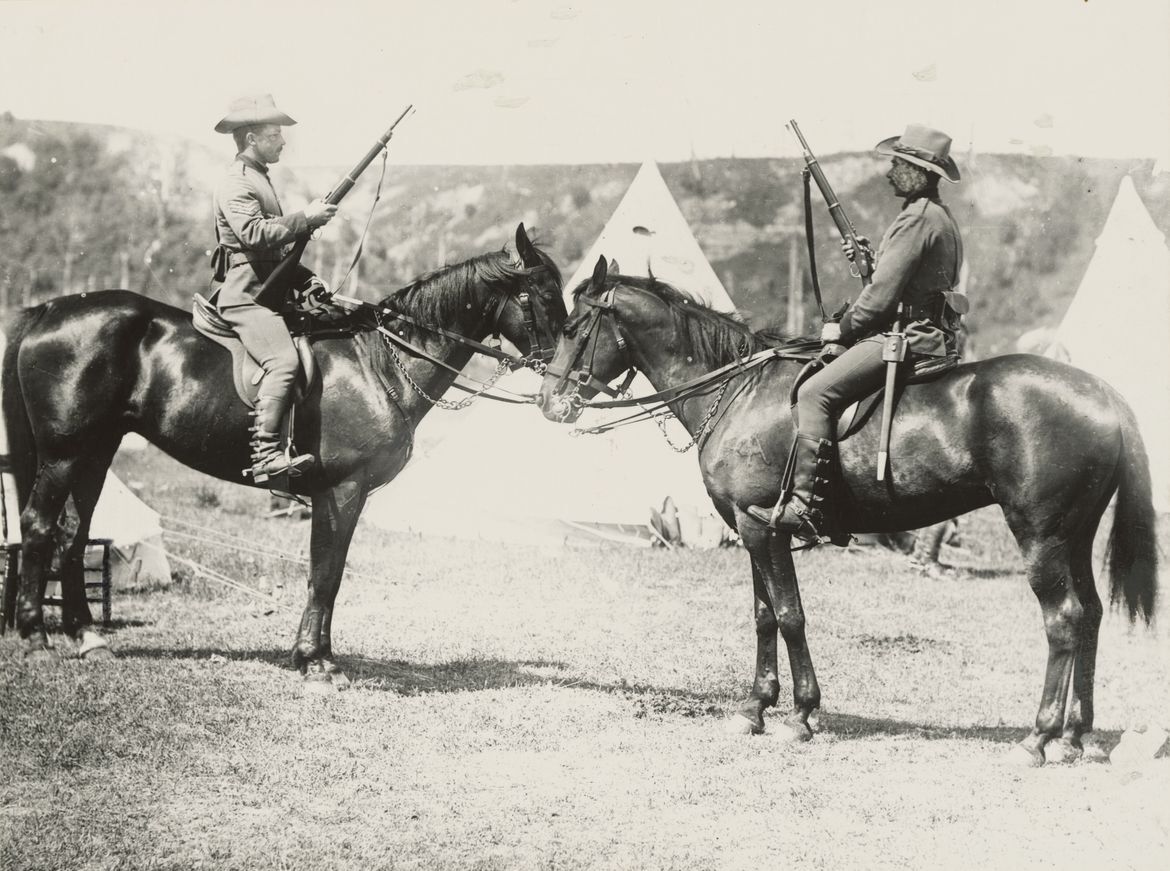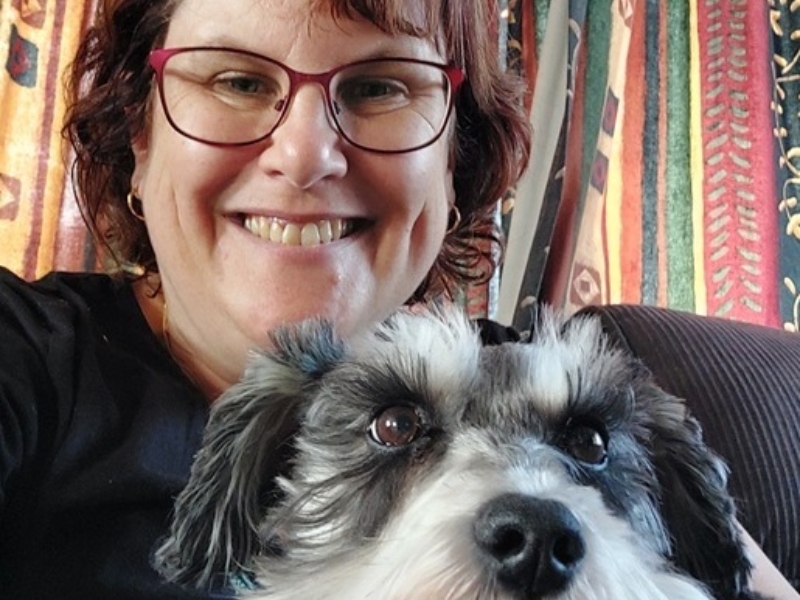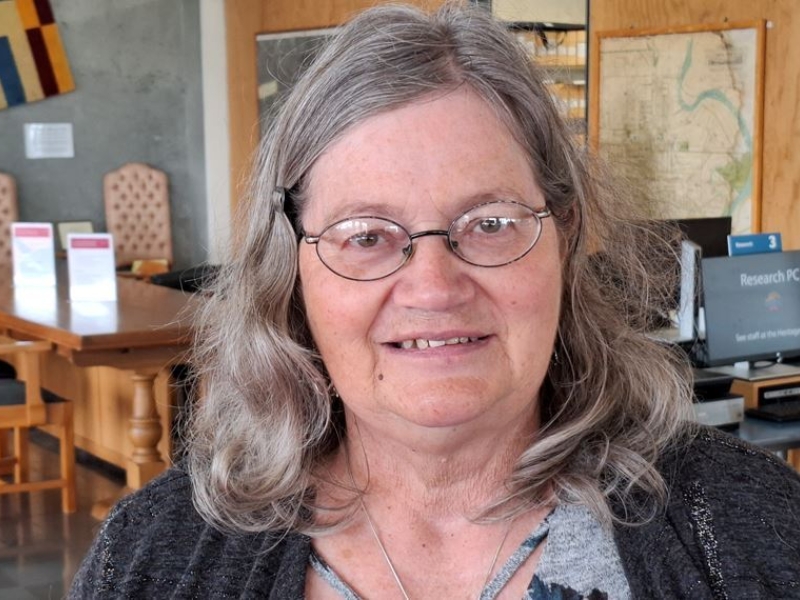In the late 1860s two volunteer militia formed in the Manawatū. This was enabled by the Militia Act of 1858, which also allowed units to appoint their own officers.
The first, Manawatū Militia, formed in 1868 in response to concerns raised by the New Zealand Land Wars. They were called into active service in December of that year by Major Edwards, commander of the Rangitikei Militia. This unit disbanded in March 1870 when those concerns were unrealised.
The second, Manawatū Cavalry Volunteers, was formed in December 1868, also in response to the threat of war with Te Kooti and Tītokowaru. Members were mainly drawn from Foxton and lower Rangitikei. A few months later they changed their name to Lady Bowen’s Light Horse Volunteers.
Lady Diamantina Bowen was the wife of Sir George Ferguson Bowen, governor of Aotearoa New Zealand at the time. A popular and respected figure, she had organisations and buildings named in her honour, both here and in Australia.
War did not eventuate, and the unit disbanded in 1875.
Four years later, in 1879, a volunteer rifle company was formed, the Palmerston North Rifles. Mr George Mathew Snelson, the first mayor of Palmerston North, was its first captain. Known as the C Company of No.2 Battalion Wellington West Coast, the unit consistently numbered around 60 members.
That same year, a rifle range opened at Hokowhitu, situated on what is now the Manawatū Golf Club's 15th fairway.
Rules for the Palmerston North Rifles show that the unit consisted of council balloted members in three categories, Enrolled, Honorary or Reserve. Honorary members could wear the uniform, provided they made a life membership donation of £3 3s. Reserve members served their time and remained on call to return to duty. The annual subscription for all members was 10 shillings. There were also fines and consequences around talking in the ranks, parade absences, and wearing the uniform off-duty.
In 1881 the Palmerston North Rifles were called upon by the government for active service at Parihaka. There they served under Sergeant James Carroll who owned the Clarendon Block and ran the Clarendon Hotel. He became Captain in 1884. On the 5th of November 1881 around 1600 volunteer and Constabulary Field Force troops, mainly from the North Island, invaded the pacifist settlement at Parihaka where they were met with peaceful resistance.
In the years following, volunteer forces remained active with drills and parades. In 1890 a Drill Hall was established at 70 Main Street east, between Princess and Victoria Streets.
Around 1891 a cavalry unit formed under Major Charles Dunk, later mayor of Palmerston North. They were A Squadron of No.3 Wellington Battalion, the Manawatū Mounted Rifles. In that same period Palmerston North hosted its first gathering of military volunteers. Around 1200 artillery, cavalry, infantry and naval forces from all parts of New Zealand participated in exercises, demonstrations, and parades at Waldegrave’s paddock off Bourke Street. The Ian Matheson City Archive holds the Nominal Roll of the Manawatū Mounted Rifles between 1891-1906.

Many members of the Palmerston North Rifles and Manawatū Mounted Rifles served in the South African War 1899-1902. This illustrated envelope addressed to Trooper AF Batchelar, member of the Manawatū Mounted Rifles, is a souvenir of that time. The public interest that the war generated saw volunteer regiments serge to 17000 men, nationally.
In October of 1900, a further volunteer force emerged with the formation of the corps, Palmerston North Guards. Their make-up included a minimum of 40 members, a maximum of 60, with three commissioned officers. Here are images of the Guards in 1904 and c.1909.
The Imperial Representative Corps toured Aotearoa New Zealand in 1901 in celebration of war in South Africa and the inauguration of the Commonwealth. In February they arrived in Palmerston North and paraded in Te Marae o Hine The Square with the Palmerston North Rifles and Manawatū Mounted Rifles. The parade concluded at the Showgrounds with military displays. The activities of the day attracted an estimated crowd of 12000.
In 1903 the Hokowhitu Rifle Range was taken by government proclamation for the Defence Department for the sole use of the Palmerston North Rifles, Manawatū Mounted Rifles and the Palmerston North Guards.
Within a few years the first of four annual military tournaments celebrating King’s Birthday, were held at the Palmerston North Showgrounds. They ended with Edward VII’s death in May 1910. Here are images of participants from November of 1908 and 1909.
The Manawatū Mounted Rifles' Orderly Room and Ordinance Store opened in Berryman's Lane off Princess Street in July of 1908. It later became the Manawatū Scottish Association building, and the foundation stone is still visible today.
By now it was clear to the government that volunteer forces would be unable to meet the security needs of Aotearoa New Zealand. As a result, the Defence Act of 1909 introduced territorial and compulsory military service. And so, in February 1910, the Last Volunteer Smoke Concert was held in Palmerston North. Members of all three volunteer groups of the city turned out in force to parade and mark the end of the volunteer system.
Territorials were established in 1911, and Compulsory Military Training registration commenced the same year. Many soldiers came from volunteer forces. The Manawatū Mounted Rifles, for example, became the 6th Manawatū Mounted Rifles in the Territorial Forces. In World War One, they were a squadron of the Wellington Mounted Rifles Regiment.

Sources
Gilchrist, H. (2005). Bowen, Diamantina (1833-1893). Australian Dictionary of Biography, National Centre of Biography, Australian National University, https://adb.anu.edu.au/biography/bowen-diamantina-12812/text23125 (accessed 12 Jun 2025)
Hickman, L. (2017). Chronology of Palmerston North’s Military and Defence History 1860-1975. https://manawatuheritage.pncc.govt.nz/item/c9de3fe9-d635-46f4-a666-cffcce3cc3ab
Local and General News. (1868, December 10). Wellington Independent, Volume XXIII, Issue 2768, p. 2. https://paperspast.natlib.govt.nz/newspapers/WI18681210.2.11
Local News. (1869, February 18). Nelson Evening Mail, Volume IV, Issue 40, p. 2. https://paperspast.natlib.govt.nz/newspapers/NEM18690218.2.10.2
McLintock, AH (ed). (1966). Volunteers and the Special Reports Era, from an Encyclopeadia of New Zealand. Te Ara the Encyclopedia of New Zealand. http://www.TeAra.govt.nz/en/1966/defence-armed-services-army-new-zealand/page-4 (accessed 12 Jun 2025)
Native Affairs. (1881, October 29). Evening Star, Issue 5817, p. 2. https://paperspast.natlib.govt.nz/newspapers/ESD18811029.2.15
Obituary: Mr James Carroll. (1905, May 22). Manawatū Standard, Volume XLI, Issue 8087, p. 5. https://paperspast.natlib.govt.nz/newspapers/MS19050522.2.40
The Parihaka difficulty. (1881, November 7). New Zealand Herald, Volume XVIII, Issue 6232, p. 3. https://paperspast.natlib.govt.nz/newspapers/NZH18811107.2.6
Wood, P. (2021, March 12). Early military history and units of Manawatū and Palmerston North 1868-1914 [Presentation]. Monthly Military History Presentations, Palmerston North, Aotearoa New Zealand. https://manawatuheritage.pncc.govt.nz/item/5ca8957e-5506-40a3-8d74-40f393c09eec





